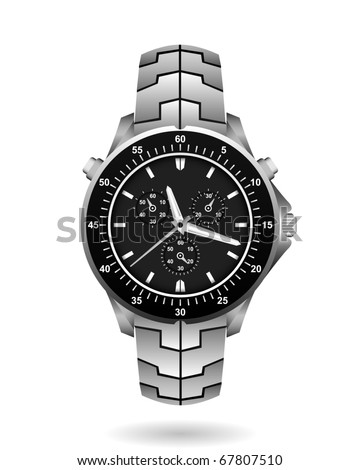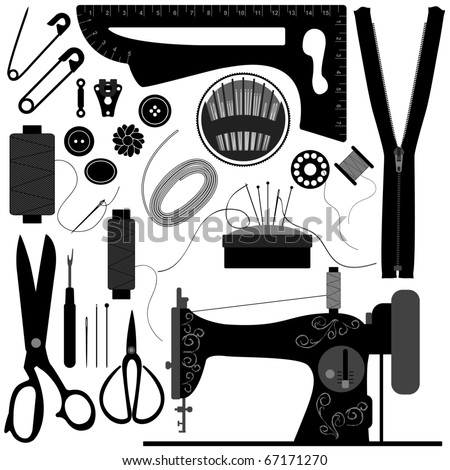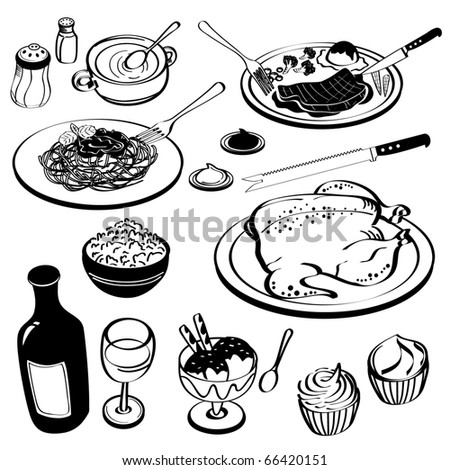Enough of the rant, and let me show you why I have finally given up on submitting new vectors to GraphicRiver. Below are some of the rejections I have gotten from GraphicRiver due to low quality.
I have to admit that it has been annoying to keep getting rejections after rejections, and sometimes I felt that they dislike me for personal reasons - yes, this is of course not the truth since a lot other designers has been getting rejection too, but it still hurt bad that you know you can earn so much more if they would have accepted those.
What GraphicRiver has been accepting recently are mostly cartoon characters, which we all know that are tough to produce and hardly any sales. Let me show you some example below from GraphicRiver.
http://s3.envato.com/files/1542754/1.jpg
Amazing artwork. Super, I must say.
2 sales in first 18 days.
http://s3.envato.com/files/1528359/retroframes-preview.jpg
Simple artwork.
5 sales in first 24 days.
http://s3.envato.com/files/1548946/1.jpg
Cute stuff and complex beautiful characters.
0 sales in first 16 days.
http://s3.envato.com/files/1568426/template.jpg
Simple silhouette.
4 sales in first 9 days.
As you can see from the above examples, simple silhouettes and common artworks tend to generate more sales than complex one. Not only this, but the time used into producing such a high quality artwork is so much more than simple silhouettes and yet the sales is much lower. We are in a business here so we need to factor in the time and revenue.
The truth is, GraphicRiver thinks that 18000 vectors/psd is a lot in their collection. I hope that they are more greedy and lower their standards to accept more vectors. I may be wrong in this case, and who am I to judge their direction since they have successfully build the Envato marketplace into a very unique site.
To me, GraphicRiver is not a microstock site. It is not a microstock site because they don't have enough vectors (stocks) for a designer to choose. Simply search for the keyword "kitchen" and it will only return you with 25 results.
I am rather disappointed in this situation because I know GraphicRiver is a gold mine, and yet I am unable to capitalize it due to my current skills. Having said that, I still have to give up on GraphicRiver and concentrate on other more lenient site like Shutterstock which LOVES ALL MY VECTORS and generate at least 10 times more sales than GraphicRiver does.
I hope that there would be a day that GraphicRiver suddenly wake up and realize that graphic designers need something more simple to work with, and not complex cute cartoon that can only fit into a story book. What so unique about stock site like Shutterstock is that they simply have EVERYTHING you need even though more than half of it are rubbish, but yet, there are still thousands of good one to choose from, right?
















